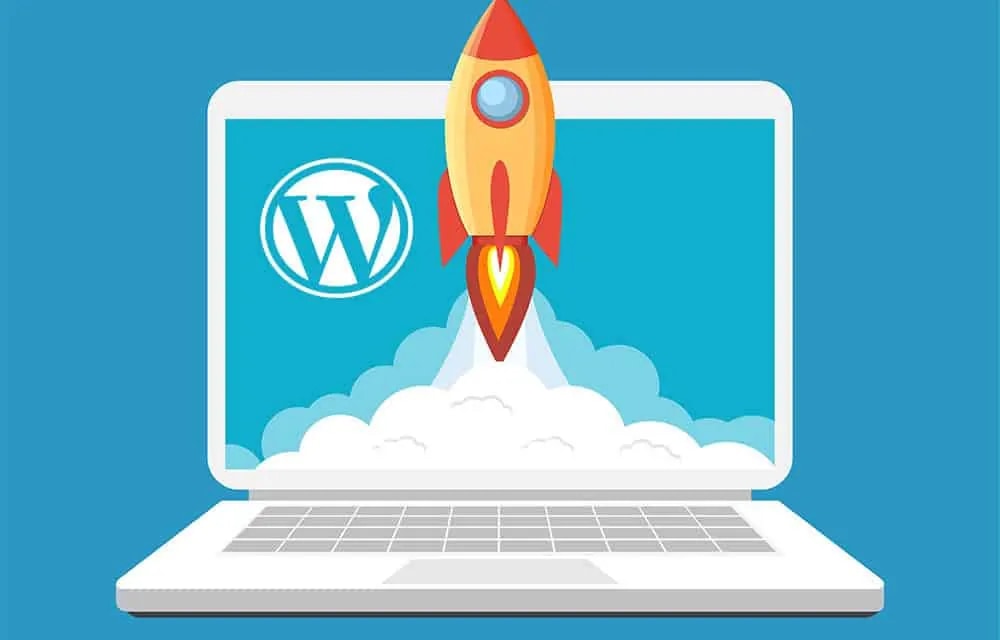In today’s fast-paced digital world, users expect website speed to load in an instant. A slow website can frustrate visitors and users, increase bounce rates, and ultimately affect your site’s ranking on search engines like Google. If you’re running a business, a sluggish website can result in lost revenue and a weakened reputation. That’s why optimizing your website for speed is essential. In this blog post, we’ll explore practical steps you can take to improve your site’s performance and ensure a seamless user experience.

1. Minimize HTTP Requests
When a user visits your website, their browser makes several HTTP requests to download different elements of your page like images, scripts, and stylesheets. The more requests your website requires, the slower it will load. One of the simplest ways to speed up your website is by reducing the number of these requests.
How to minimize HTTP requests:
-
- Combine CSS and JavaScript files: Instead of loading multiple small files, combine them into one larger file. This reduces the number of requests your site makes.
-
- Use CSS Sprites: CSS Sprites combine multiple images into one, meaning fewer image requests are sent to the server.
-
- Remove unnecessary plugins and scripts: Regularly audit your website for plugins or scripts that are no longer needed.
2. Enable Browser Caching
Browser caching allows your visitors’ browsers to store parts of your site so they don’t have to reload everything each time they visit. When a user revisits your site, the cached content is loaded much faster, improving overall load times.
How to enable browser caching:
-
- Leverage cache headers: Set expiration dates on your site’s resources so the browser knows when to fetch a fresh version.
-
- Use a content delivery network (CDN): CDNs store your site’s resources in multiple locations around the world, serving them from the closest server to the user, which speeds up loading times.
3. Optimize Images
Images often take up the most bandwidth on a website. If your site has high-resolution images that are not properly optimized, they can drastically slow down your page’s load time. Fortunately, optimizing your images can lead to faster loading times without sacrificing image quality.
How to optimize images:
-
- Compress images: Use tools like TinyPNG or ImageOptim to compress your images without a noticeable loss in quality.
-
- Use the correct file format: JPEG is great for photographs, while PNG is best for images with fewer colors or transparent backgrounds. For more modern compression, consider using WebP format.
-
- Use responsive images: Ensure that your images are resized appropriately for different devices. Mobile users, in particular, benefit from smaller image sizes.
4. Minimize CSS, JavaScript, and HTML Files
Your site’s CSS, JavaScript, and HTML files might include unnecessary spaces, comments, or unused code that increase the file size. Minifying these files helps reduce their size, improving your site’s speed.
Read This also: Why Local SEO is Important for your new Business
How to minimize files:
-
- Use tools like Minify for CSS and JavaScript: These tools remove whitespace, comments, and unused code.
-
- Defer JavaScript: Deferring JavaScript means your scripts will load after the main content of the page, which improves the user’s initial page load experience.
5. Use Asynchronous Loading for CSS and JavaScript
Typically, web browsers load pages from top to bottom. If your JavaScript or CSS files are placed at the top of your HTML, they will block the rest of the page from loading until they are fully processed. This causes delays in page rendering.
How to enable asynchronous loading:
-
- Asynchronous loading of JavaScript: Use the async or
deferattribute to ensure your scripts load without blocking the rest of the content.
- Asynchronous loading of JavaScript: Use the async or
-
- Asynchronous CSS loading: Use media queries to load CSS for specific devices asynchronously.
6. Upgrade Your Hosting
If your site is still slow after all the optimizations above, your hosting provider may be the bottleneck. Shared hosting plans are affordable but can be slow, especially if you’re sharing a server with many other websites.
How to choose the right hosting:
-
- Upgrade to a VPS or dedicated server: These plans allocate more server resources to your site, improving load times.
-
- Use managed hosting: Managed hosting services are optimized for specific platforms like WordPress and can provide better performance than generic shared hosting.
7. Enable Gzip Compression
Gzip compression significantly reduces the size of the files sent from your server to the user’s browser. By compressing HTML, CSS, and JavaScript files, Gzip makes your site’s files smaller, resulting in faster loading times.
How to enable Gzip compression:
-
- Enable Gzip through your server: Many servers like Apache or Nginx have options to enable Gzip compression.
-
- Use plugins or tools: If you’re using a CMS like WordPress, plugins like W3 Total Cache or WP Rocket can easily enable Gzip.
8. Monitor and Test Regularly
Finally, the only way to know if your site speed optimizations are working is to monitor and test your site’s performance regularly. Tools like Google PageSpeed Insights, GTmetrix, and Pingdom provide detailed reports on your site’s speed, highlighting areas for improvement.
How to use these tools:
-
- Track your score: After each optimization, run tests to see the impact on your site’s performance.
-
- Identify bottlenecks: These tools will highlight specific files or scripts that are slowing down your site.
Conclusion
Website speed is a critical factor that affects user experience, SEO, and conversions. Optimizing your site for speed requires a combination of techniques, from minimizing HTTP requests to optimizing images, enabling caching, and upgrading your hosting if necessary. By following the steps outlined above, you can significantly reduce your page load times, ensuring that your visitors have a fast and smooth experience every time they visit your site.


At this ttime I am going to do myy breakfast, when having
my breakfast coming agaijn to read other news. https://Evolution.Org.ua/
At this time I am going to do my breakfast, when having my breakfast coming again to read other news. https://Evolution.Org.ua/